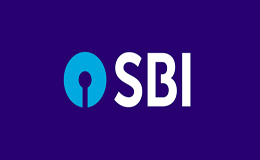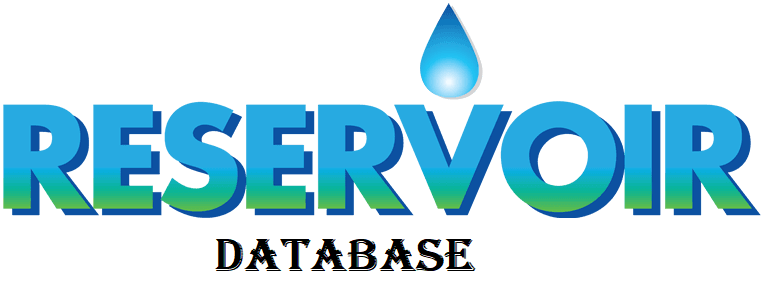Overview
Publications
Recruitment
Intranet
CIFRI Corners'
The Kameng Hydroelectric Project in West Kameng, Arunachal Pradesh is developed by NEEPCO. The project comprises two components one each at Bichom and Tenga rivers, both of which are tributaries of Kameng river. ICAR-CIFRI team under leadership of Dr. B.K. Das, Director and Principal Investigator of the NEEPCO sponsored consultancy project on “Planning and design of fish hatchery at Bichom dam site along with studies on reproductive biology of snow trout, Schizothorax richardsonii for conservation and artificial propagation in river Bichom, Arunachal Pradesh”, Dr. B.K. Bhattacharjya, Principal Scientist, Dr. A.K. Das, Principal Scientist and Dr. Simanku Borah, Scientist visited Kameng HEP during 1st to 3rd May, 2024.
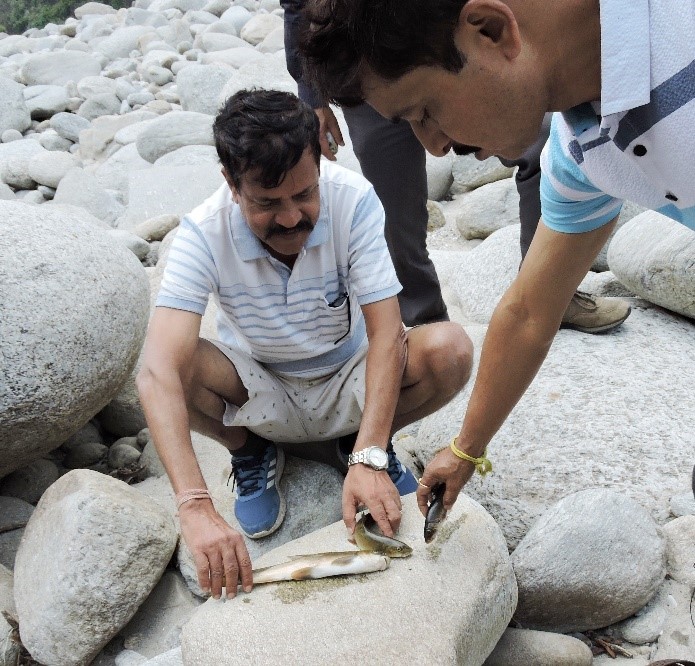
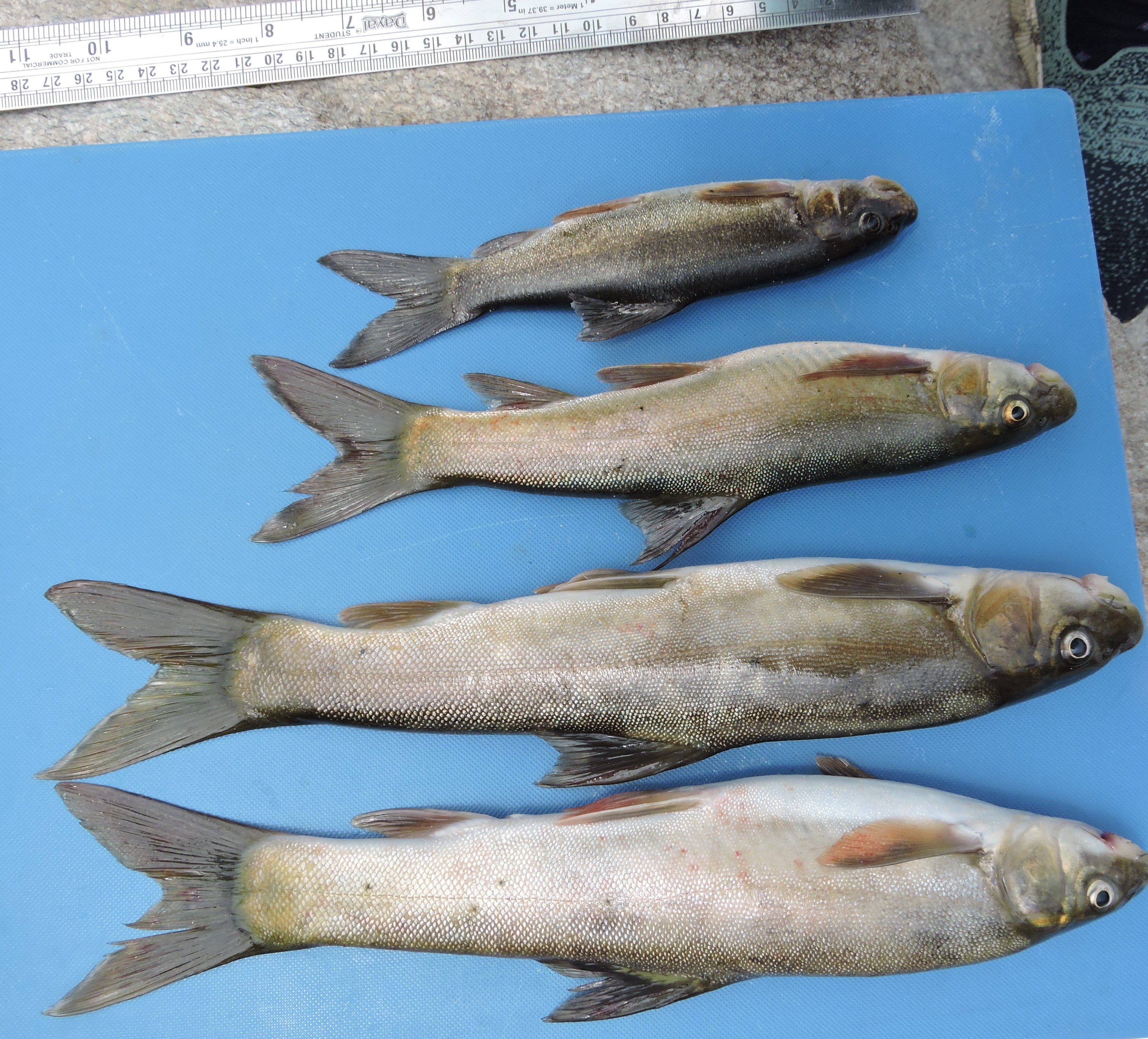 The team carried out scientific investigation in Bichom reservoir for planning and design of fish hatchery at Bichom dam site for conservation and artificial propagation of snow trout Schizothorax richardsonii in river Bichom, Arunachal Pradesh. A discussion was also held between ICAR-CIFRI team, local villagers and NEEPCO officials on the future plan of action for conservation of economically and culturally important snow trouts upstream and downstream of Bichom dam, including establishment of hatchery and ranching of snow-trout seed in the river. During the meeting, local villagers stated that fish catch has increased in Bichom reservoir but has declined downstream.
The team carried out scientific investigation in Bichom reservoir for planning and design of fish hatchery at Bichom dam site for conservation and artificial propagation of snow trout Schizothorax richardsonii in river Bichom, Arunachal Pradesh. A discussion was also held between ICAR-CIFRI team, local villagers and NEEPCO officials on the future plan of action for conservation of economically and culturally important snow trouts upstream and downstream of Bichom dam, including establishment of hatchery and ranching of snow-trout seed in the river. During the meeting, local villagers stated that fish catch has increased in Bichom reservoir but has declined downstream. 
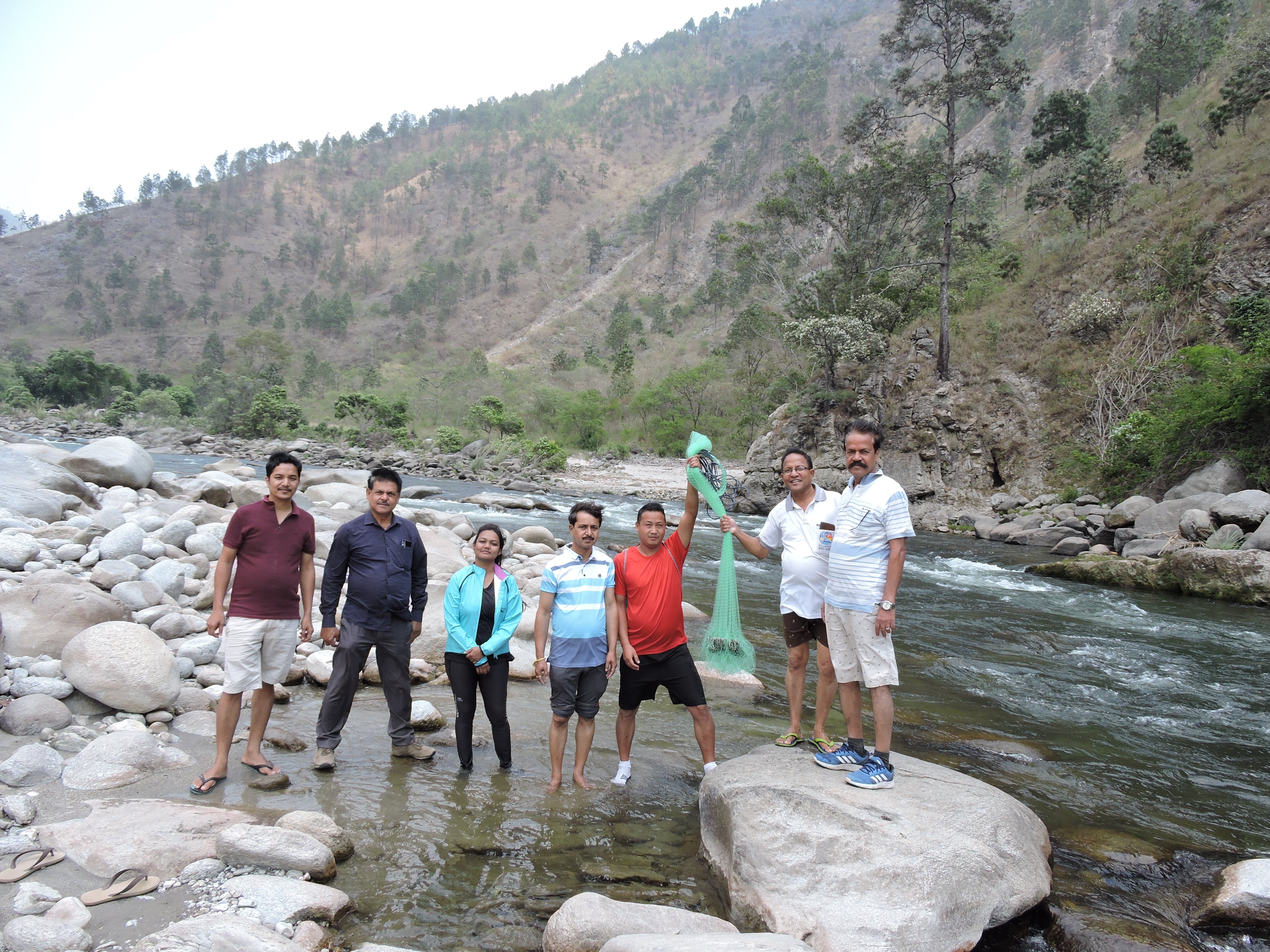 Director, CIFRI asked NEEPCO to sensitize the local people on fish farming and assured all required help on the part of CIFRI. He also motivated the local villagers present to adopt scientific fish farming.
Director, CIFRI asked NEEPCO to sensitize the local people on fish farming and assured all required help on the part of CIFRI. He also motivated the local villagers present to adopt scientific fish farming.


